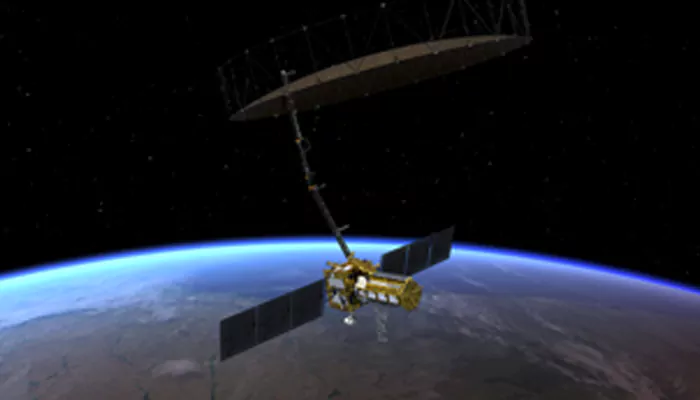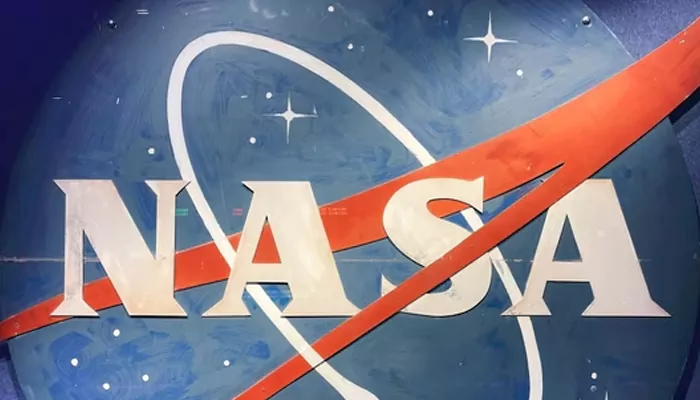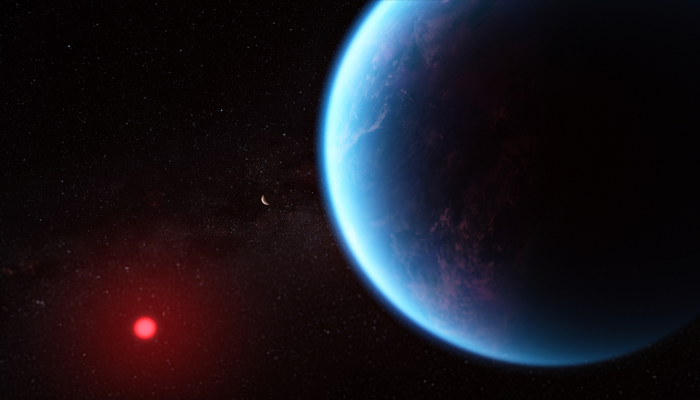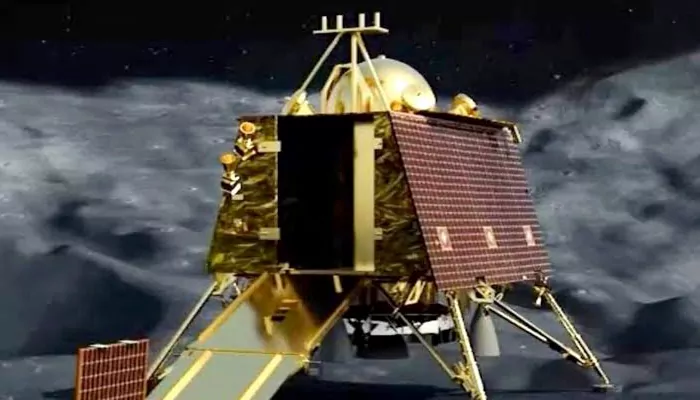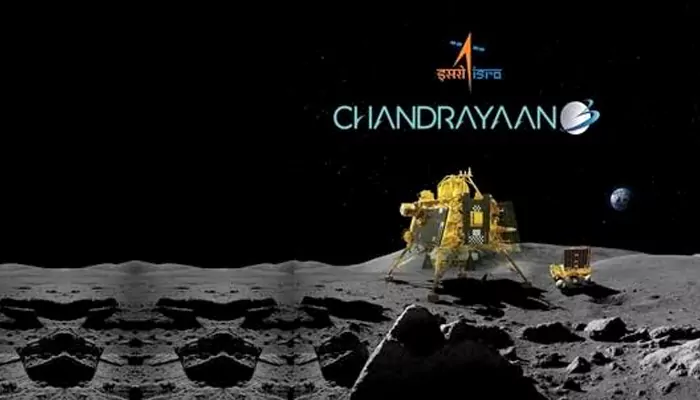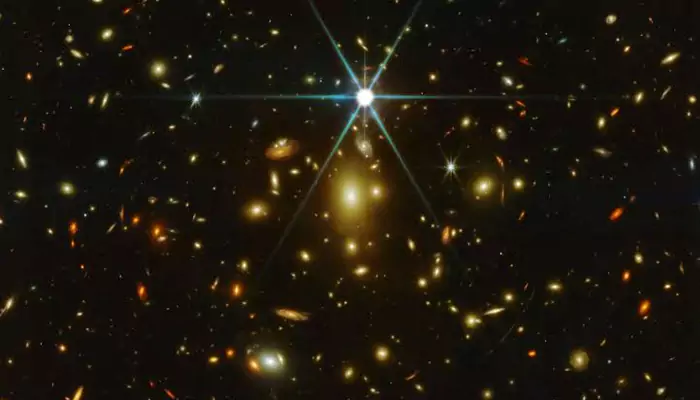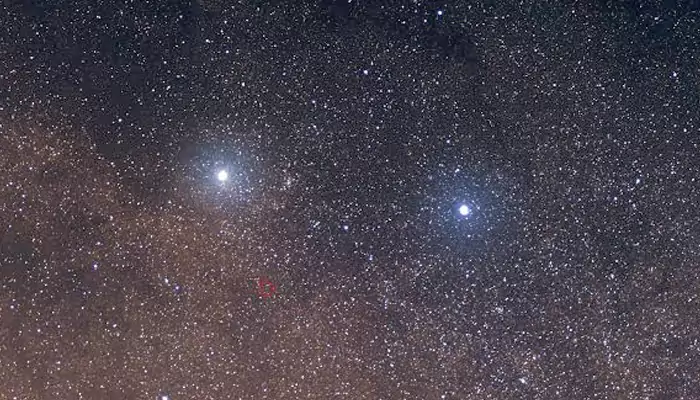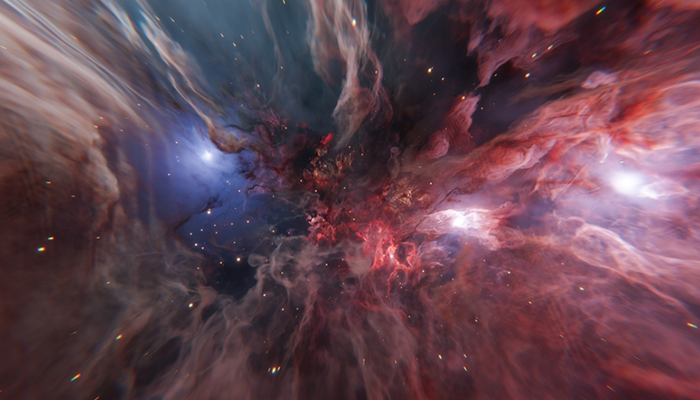How to Capture the Perseid Meteor Shower on Your Phone (Without NASA Gear)
- Devyani
- 4 months ago
- 5 minutes read
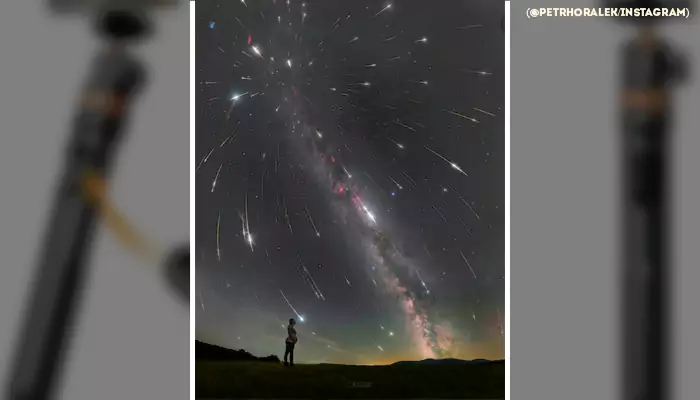
Forget bulky telescopes! Grab your phone, a blanket, and this surprisingly simple guide to photographing the most dazzling meteor shower.
Ever lain back under the inky August sky, watched a Perseid meteor streak overhead like cosmic glitter, and thought, “Man, I wish I could capture THAT!”? You’re not alone. The Perseid meteor shower is the rock star of the celestial calendar - reliable, dazzling, and peaking on warm(ish) summer nights. The best part? You absolutely CAN photograph it with just your phone. No fancy NASA gear needed, promise.
Let’s ditch the intimidation and turn your smartphone into a meteor magnet.
Why the Perseids Rock Our Socks Off
Happening every July/August, the Perseids are cosmic debris from comet Swift-Tuttle, burning up spectacularly in our atmosphere. Think of it as Earth plowing through the comet's dusty trail at 130,000 mph! Peak nights for 2025 are predicted around August 12-13, with the best viewing typically after midnight when your part of the Earth is turning face-first into the shower. Expect up to 50-100 meteors per hour under perfect dark skies! They’re often bright and fast, sometimes leaving glowing trails - the ultimate celestial firework finale to summer nights.
Your Essential (Minimalist) Gear Bag
Your Smartphone
(@mr.amarpal/Instagram)
A demonstration of how the Pro Mode works
Obviously! Newer models generally handle low-light better, but even older ones can surprise you. Key requirement: Manual Camera Mode (often called "Pro" mode). This is non-negotiable.
A Sturdy Tripod

This is CRUCIAL. Holding your phone still for long exposures? Impossible. A cheap, small phone tripod is perfect. No tripod? Get creative! Prop it firmly on a rock, a stack of books in a window sill (if shooting from home), or even duct-tape it securely to a fence post (test stability first!).
A Remote Shutter or Headphones
Touching the phone causes a wobble. Use your wired headphones' volume button to trigger the shutter silently, or a Bluetooth remote. Timer mode (2-5 sec delay) works too, but is slower.
Comfort Essentials
Blanket, comfy chair, bug spray (trust me!), warm layers (it always feels chillier than you expect staring at the sky), maybe a thermos of hot chocolate. Patience is part of the gear!
(Bonus) A Red Light Flashlight
Preserves your night vision way better than blinding white light. Your eyes will thank you.
Cracking the Phone Camera Code: Pro Mode Settings
(@pinholephotosc/Instagram)
This is where the magic happens. Dive into your camera app, find "Pro" or "Manual" mode. Forget auto! We need control:
ISO (Light Sensitivity)
Start around 1600-3200. Higher ISO = brighter image BUT also more grain/noise. Experiment! If your sky looks too grainy, lower it. Too dark? Nudge it up.
Shutter Speed (Exposure Time)
(@astraperacom/Instagram)
This is KEY for catching faint meteors. Set it as long as possible! Aim for 15-30 seconds. Why not longer? Stars start to trail (look like tiny dashes instead of dots) due to Earth's rotation after about 20-30 seconds on most phone lenses. A little trailing is okay, but we want pinpoint stars where possible.
Focus: Set to Manual Focus (MF)
Drag the slider to infinity (∞). If stars look blurry, tweak it slightly back from the very end point. Take a test shot!
White Balance
Set to Daylight or around 4000-5000K. Avoid auto, as it can shift weirdly at night.
Turn OFF Flash: Obviously!
Turn OFF any "Night Mode" or AI enhancements: They often try to brighten things unnaturally or stack images, messing with the real-time meteor capture.
(@babaktafreshi/Instagram)
The Art of the (Meteor) Hunt: Shooting Night
Location, Location, Location
Get AWAY from city lights. Find the darkest sky you can. Check light pollution maps online (like darksitefinder.com). Even driving 30 minutes out of town makes a HUGE difference. Imagine the sky washed out orange vs. velvety black sprinkled with thousands of stars – that’s your goal.
Set Up Early
Arrive before full dark. Set up your tripod. Frame your shot. Point it roughly northeast-ish where the constellation Perseus rises (where the meteors appear to radiate from, hence the name!), but honestly, meteors can streak anywhere. Including some interesting foreground (a silhouette of a tree, hills) adds depth, but keeps it minimal.
Lock & Load
Dial in your Pro Mode settings. Double-check to focus on a bright star. Attach your remote/timer.
Endurance Mode
This isn't point-and-shoot. You’re entering a marathon. Start a sequence: take a 30-second exposure, immediately start another, then another... continuously. Your phone might get warm; that's normal. Just keep it rolling! The more shots you take, the better your odds of a meteor photobombing one.
(@bringonthetravels/Instagram)
Be Present
Put the phone down between sequences! Lay back, soak in the vastness, the cool night air smelling faintly of earth and dew, the incredible silence punctuated only by crickets or distant owls. Actually watch the shower with your own eyes – that’s the real magic. The photo is just a bonus souvenir.
You might take 100 shots and catch 2 meteors. Or none! That’s astronomy. Enjoy the process, the peace, the spectacle. Any photo you get is a win.
So, there you have it! No PhD in astrophysics required, just your trusty phone, a bit of preparation, and a dash of patience. Get out there, embrace the quiet wonder of a summer night under the stars, and see if you can catch a piece of cosmic dust turning into a fleeting, fiery dream. Happy meteor hunting!


